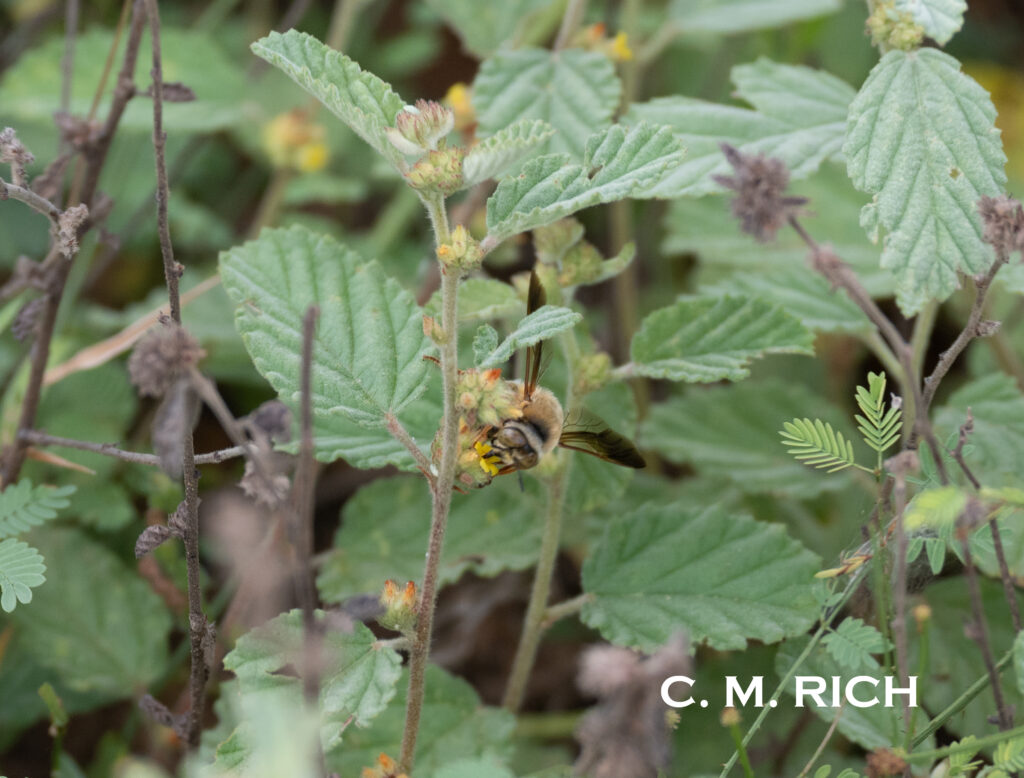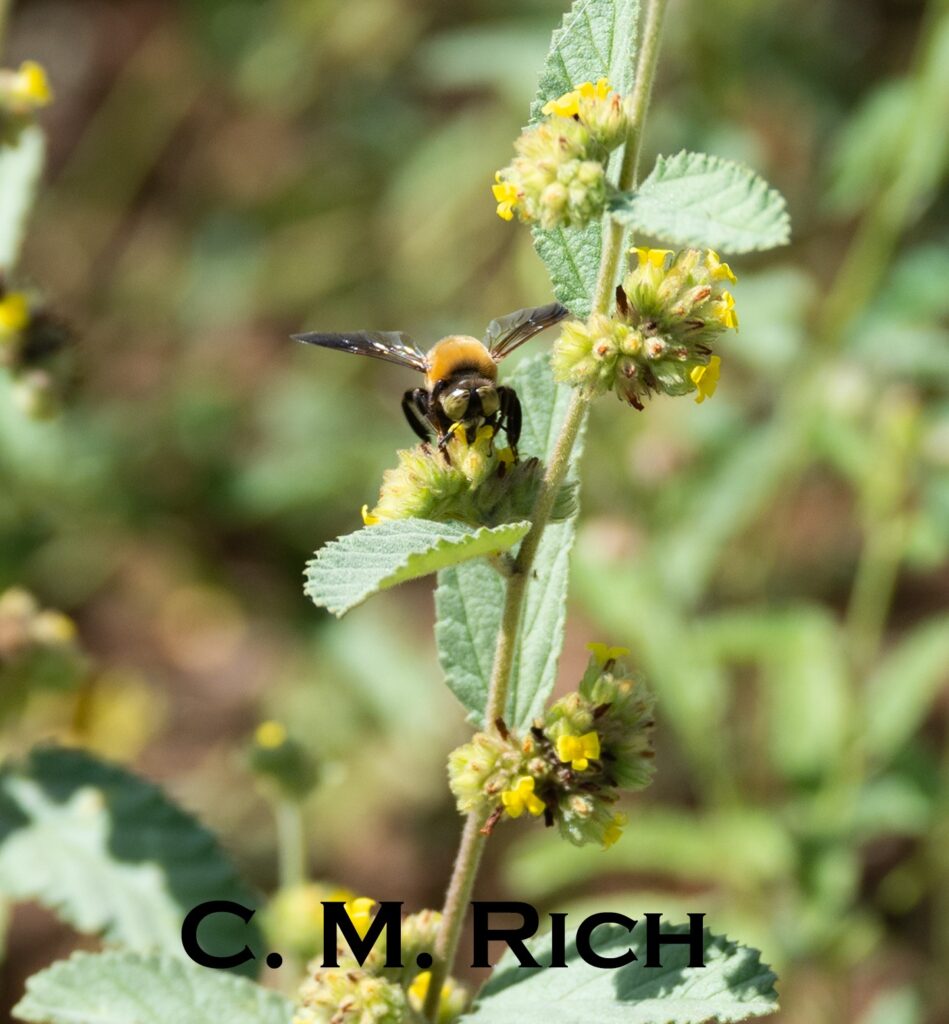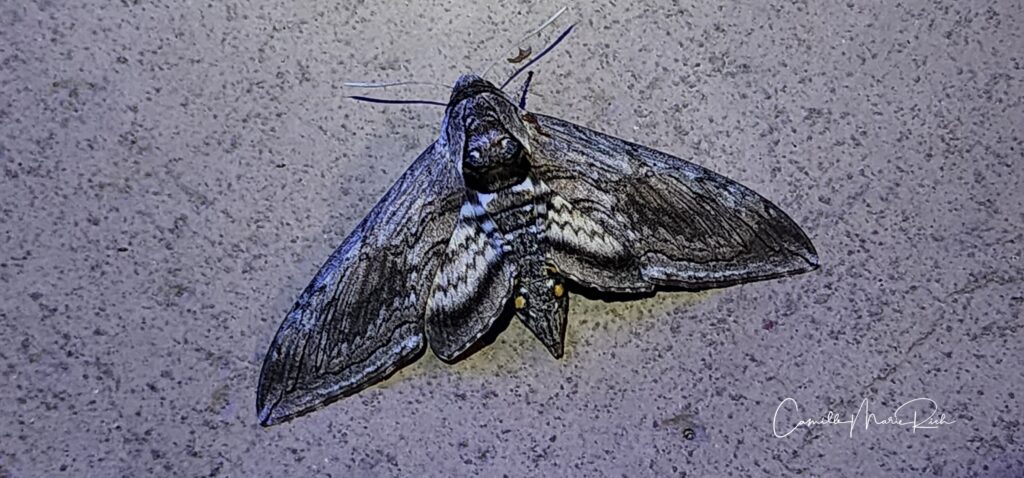
Are you curious about “mothing?” What is it? How does one go about doing it?
Are you tired of trying to navigate the logistics of outdoor activities in the heat of the day?
Are you curious about exploring the nature stories that unfold in your yard after dark?
Are you looking for educational activities to prepare and conduct with curious individuals in your life that love to explore and investigate the outdoors?
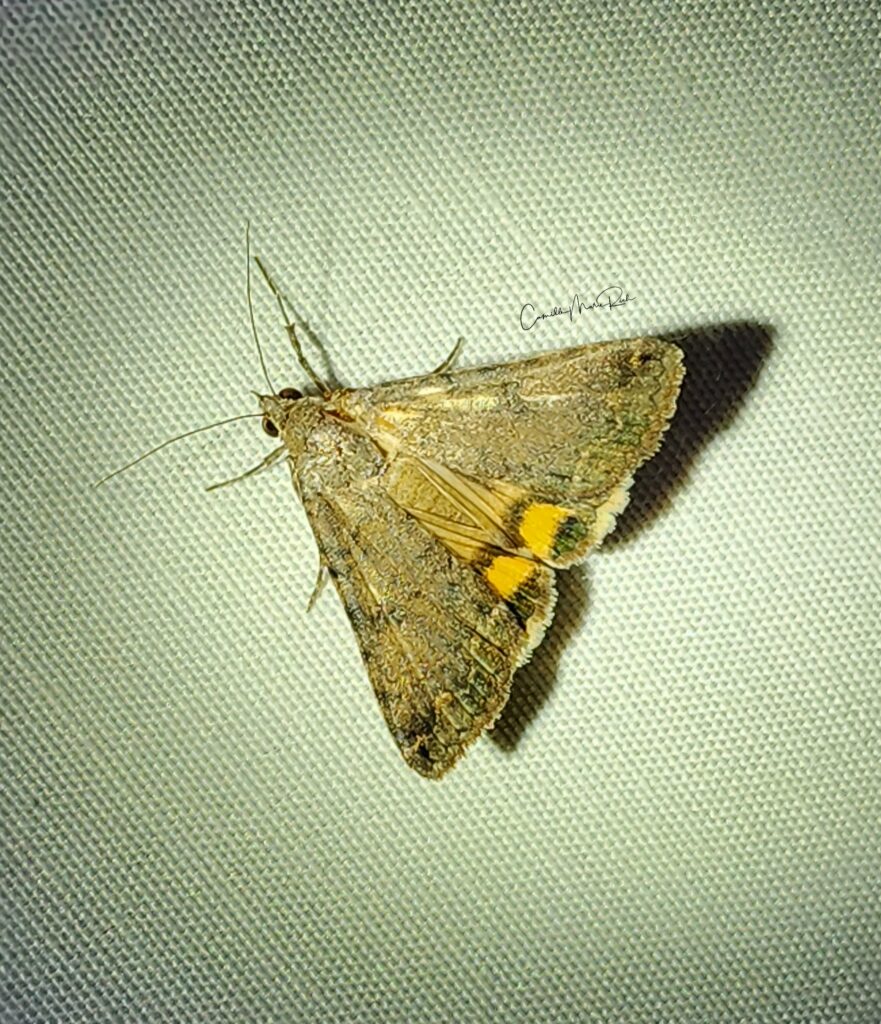
Well, if you answered “yes” to any of these questions, you just might be the perfect candidate ready for an introduction into mothing.
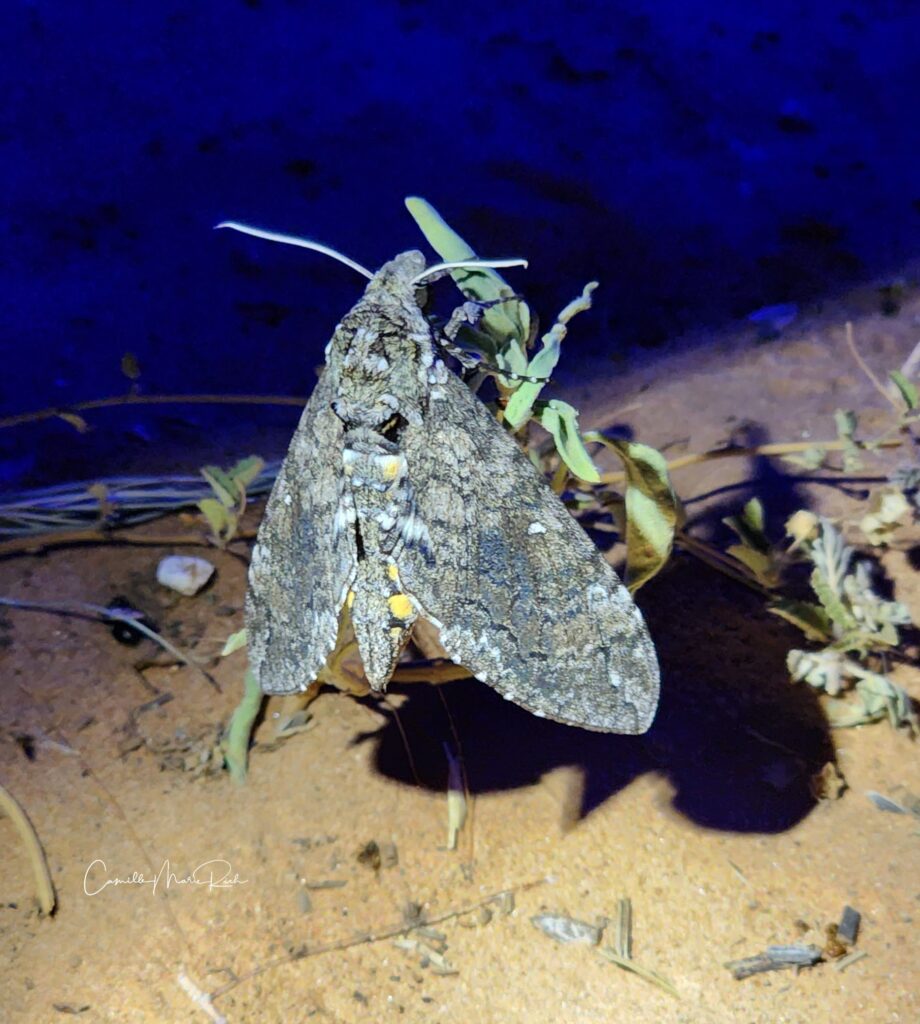
This past summer, I dove into the topic—and participatory science activity—of mothing. Consequently, I have acquired a set of basic mothing skills, if you will, and have summarized them here.
Mothing, in my own words, involves hunting for night pollinators after dark. It requires knowing where to look for them, a means of attracting them to you, and methods that can help ensure the best possibility for you to snap a picture of them–either with your cellphone or a camera–to try and identify them.
Spoiler alert: Much to my surprise, and delight, there are so many more night pollinators out after dark—not just moths! There are beetles, bees, flies, and ants, just to name a few. Actually, to be honest with you, I might have developed an incredible fascination, and “Citizen Scientist” preoccupation, with beetles after my deep-dive into mothing, but I digress.
My very basic summary of mothing comes from what I have learned during my recent, intial experiences creating mothing stations in my backyard and attending both private and community mothing events held on private property, in state parks, and nature centers. I had the opportunity to learn from experienced “Moth-ers” that know a whole lot more about the topic of mothing than I do. Their guidance and willingness to share helpful hints, tips, and tricks with me is much appreciated.
Having said all of that, I would like to present to you my take aways from my inaugural summer of mothing as a participant in the National Moth Week Global Citizen Science event: “Moth Week 2023.”
Mothing basics for beginners: My overview…
My overarching takeaways on mothing and mothing set ups that I have learned from my recent, beginner mothing experiences, including spending time in the field with entomologists and an expert in this field of study are as follows:

- Have fun exploring night pollinators and the entire ecosystem that comes to life after dark in your own backyard!
- The ultraviolet light source that you use to attract moths is crucial. More wattage does not necessarily equal more moths (or other night pollinators) at your mothing set up.
- There are many types of lights you can use for your mothing experience.
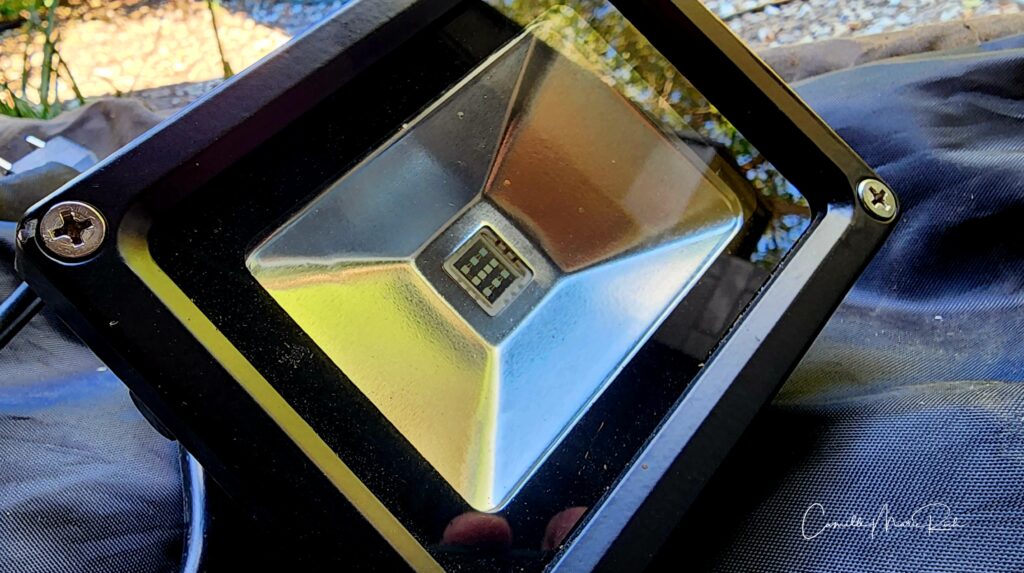
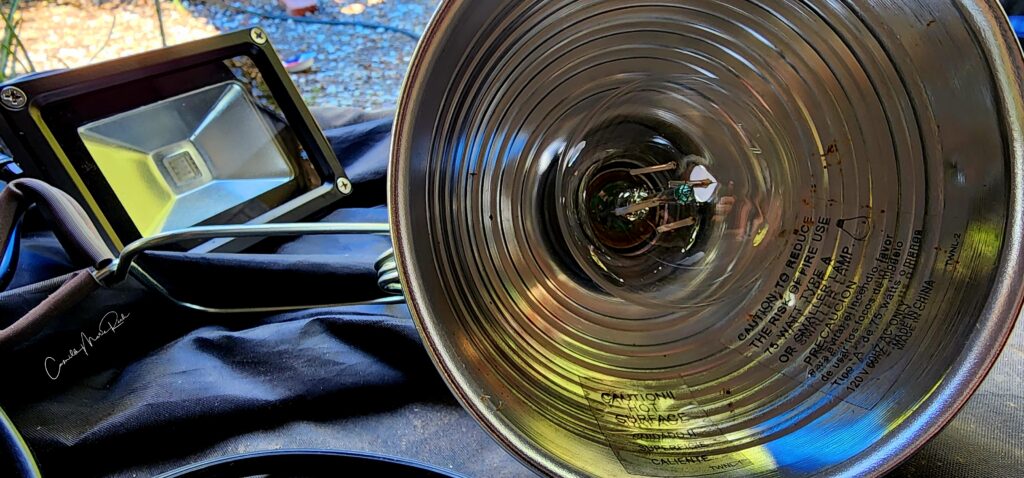
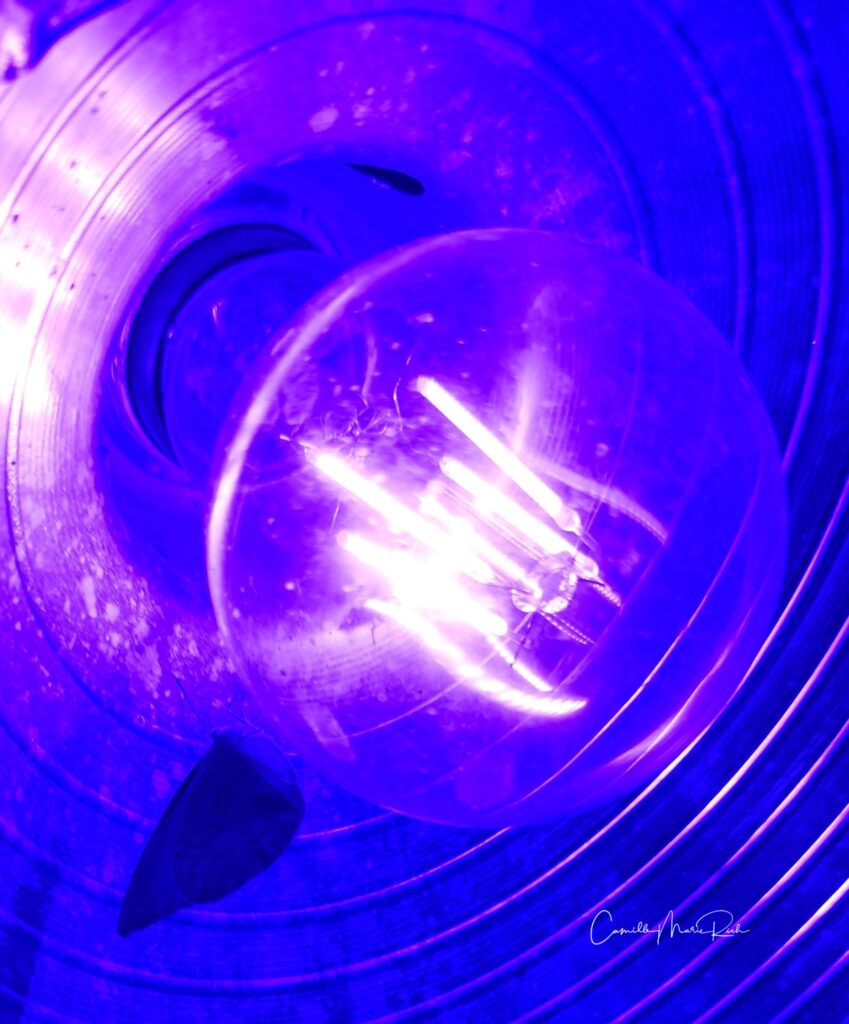
- The sheet that you are using for your mothing station must be stretched as taut as possible against whatever structure, frame, or support system you have come up with to use for mothing.
- Envision old school bed-making where you put the sheets on the mattress—stretched firmly and tightly—so that you could proverbially bounce a quarter off of the mattress.
- The mothing station that was most preferred by an Entomologist at a private event was one in which the mothing sheet was pulled tautly between two poles using the grommets that had been set in the fabric. The grommets allowed the fabric to be stretched tightly and securely to a frame.
- Grommets were what I happened to use to stretch the sheet tautly across the mothing station preferred by the visiting Entomologist. I just happened to have a grommet setting kit on hand from other projects, and I thought that it might work for this application.
- However, instead of grommets, you could use also use a sewing machine to put reinforced buttonholes at various places along your mothing sheet edges. These reinforced buttonholes would also give you the opportunity to use a cord to loop through the buttonholes so that you could stretch your mothing sheet tightly against your mothing structure, frame, or support system you have selected for mothing. [I saw buttonholes in action at a community mothing event. They appeared to work very well.]
- I did learn of a “Holy Grail” LED light that is now on the top of my “mothing set up” bucket list of items. I got to see it in action at a community mothing event. It is called an LepiLED by Dr. Gunnar Brehm. A link to this item will appear at the end of this article.
- I also learned of another type of LED light specifically designed for mothing from an experienced “Moth-er.” I saw this light in action at a community mothing event but did not realize that it was a special light at the time. It emits two wavelengths of UV light at the same time—designed to mimick moonlight. The light is made by a company called Entoquip, and their propriety light is called an Entolight. A link to this item will appear at the end of this article.
- “National Moth Week Global Citizen Science” has a Video Library entitled, “Mothing with Carl.” Very informative!!! Here is a link where you can access the video library, “Mothing with Carl”: https://nationalmothweek.org/video-library/
- In addition to moths, there are so many other interesting insects out after dark: Beetles, bees, flies, and ants, just to name a few. All of these insects place a crucial role in the process of night pollination.


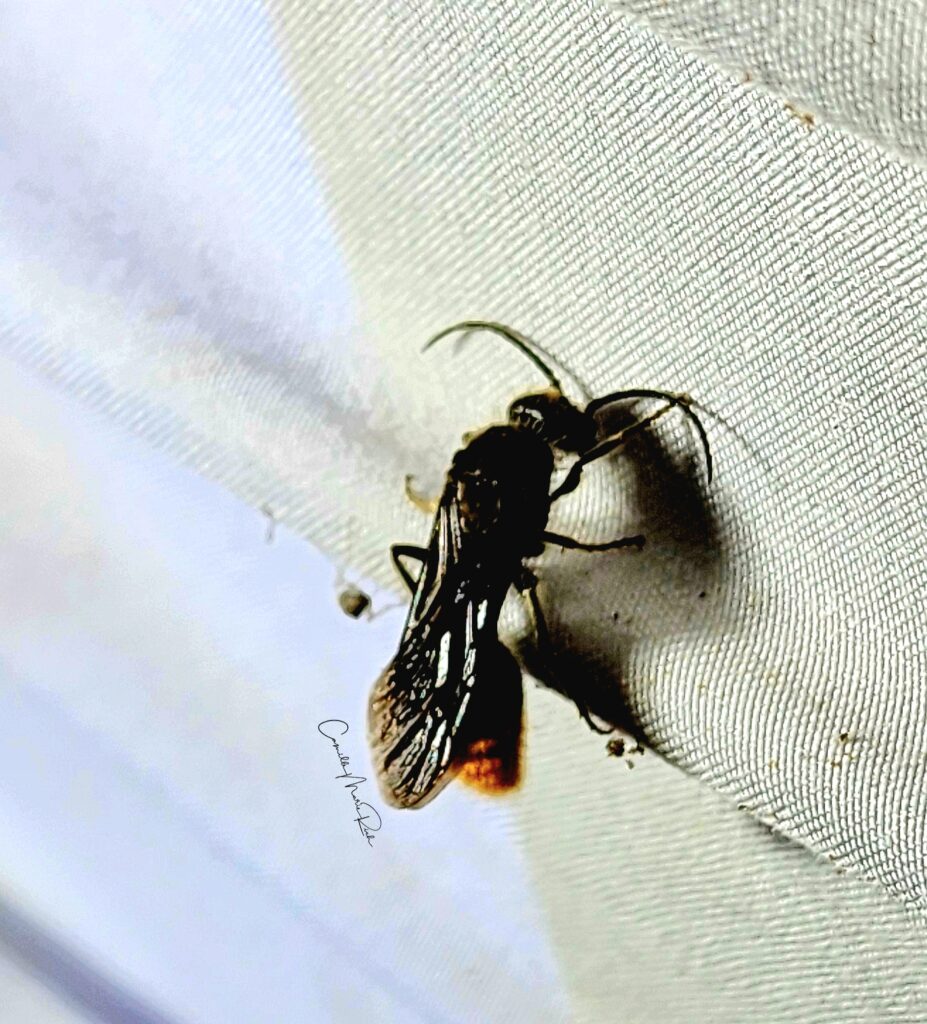
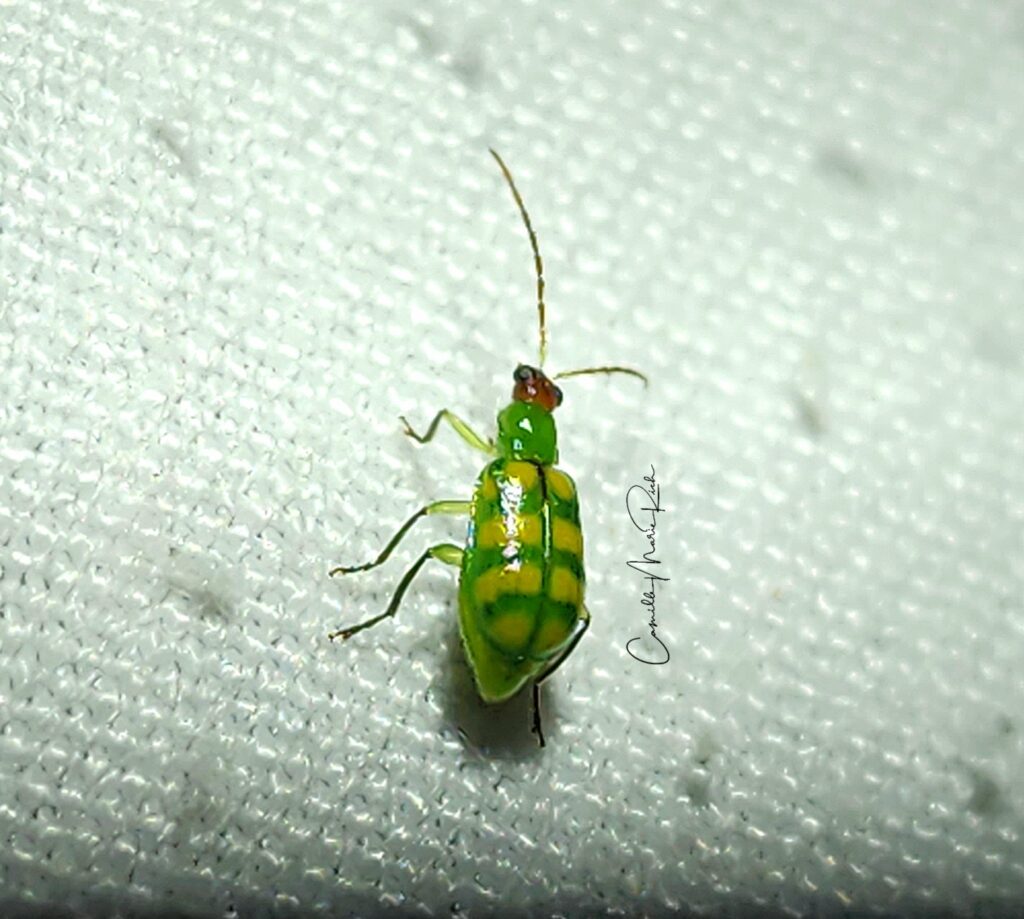
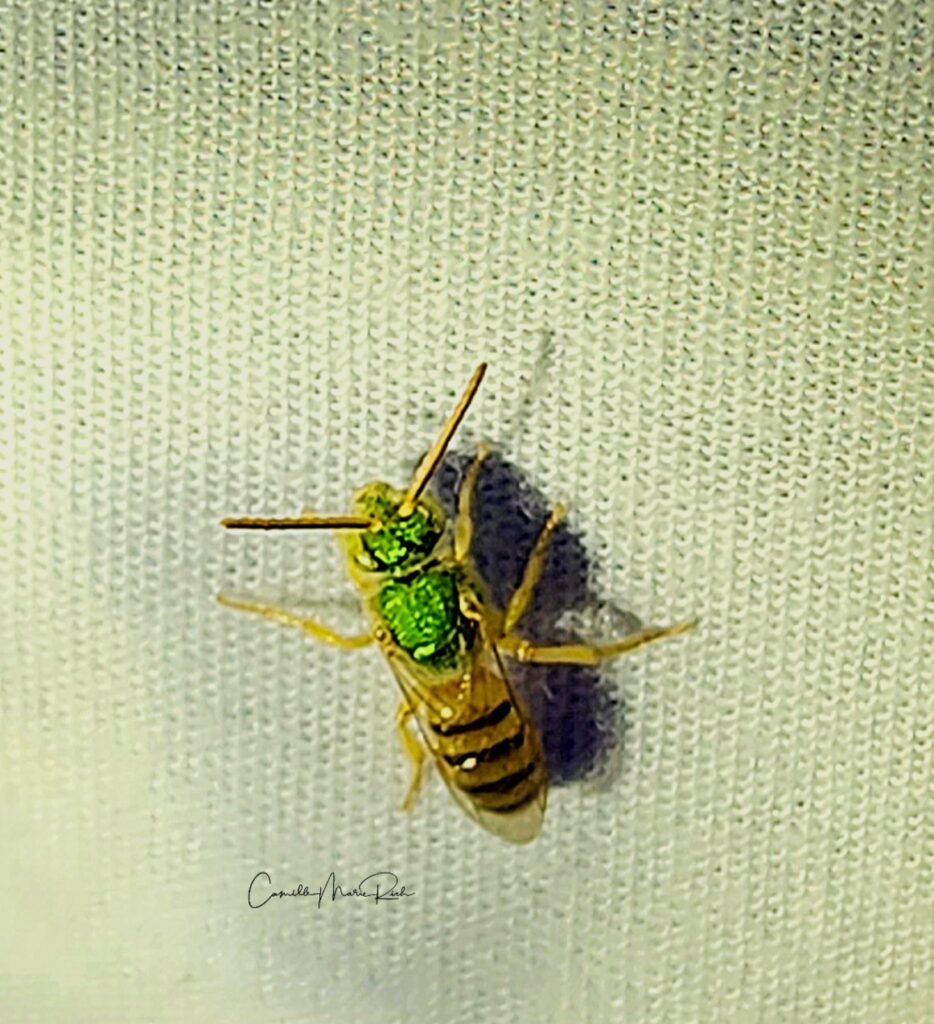
Would you like to try and make a mothing set up?
Here is a list of resources I used, or observed in use, for mothing stations:
- Support structures made from livestock panels, PVC pipe, clothesline, and ladders, just to name a few.
- LED UV Black Lights
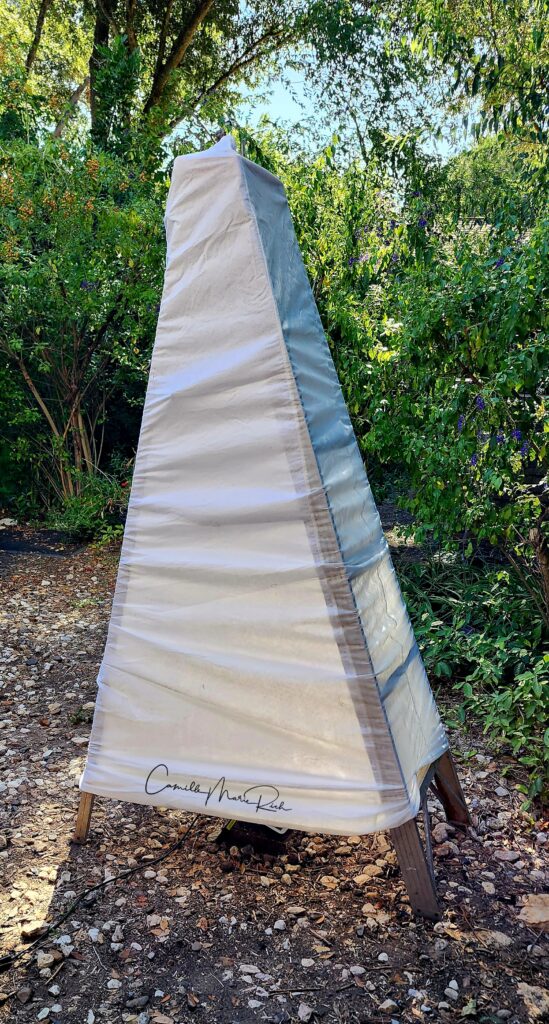
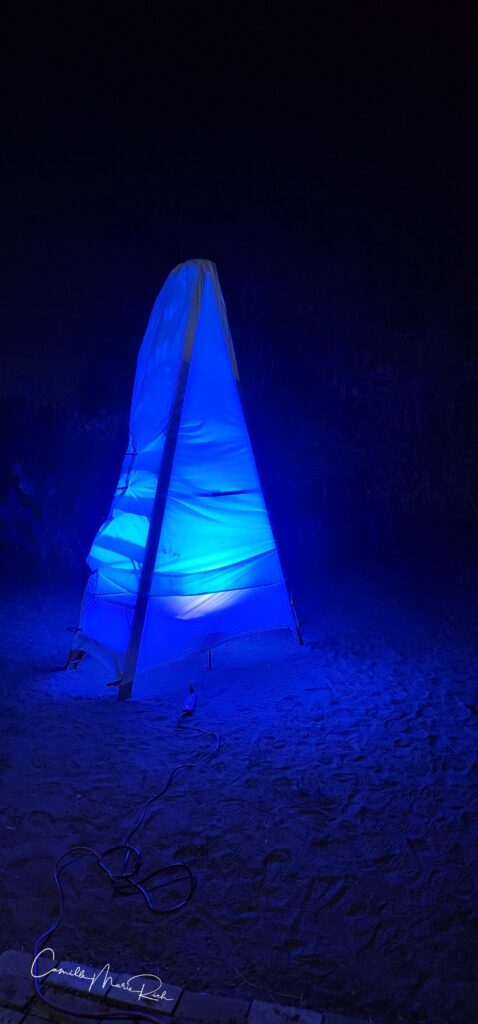
- Bolt cutters to cut livestock panels.
- Hacksaw to cut PVC pipe. (Not a single mothing station I created and used—or saw being used—had the pvc components glued together. Simply sliding or pushing them into place was sufficient for this mothing application.)
- Sheets from thrift stores. The whiter and heavier the fabric, the more the white seems to “pop” under UV light. Also, the heavier the weight / gauge of the fabric, the better it seems to stand up to elements and the fasteners being used to hold it in place once stretched as tight as possible.
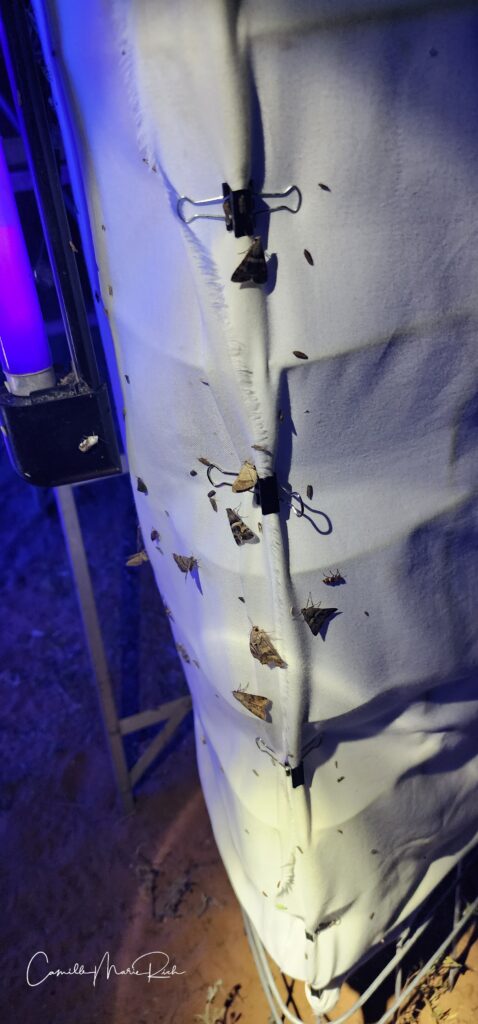
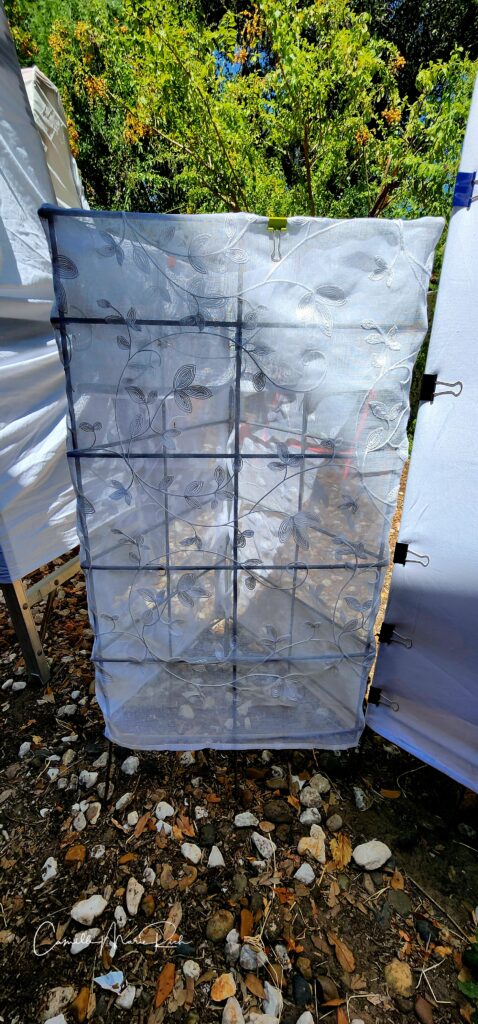
- Zip Ties – Reusable
- Binder Clips – Various Sizes
- Plastic Spring Clamps – Various Sizes
- Headlamp
- Flashlight
- LED UV Black Light Flashlight
- Cellphone or camera to snap pictures of night pollinators that visit your mothing station.
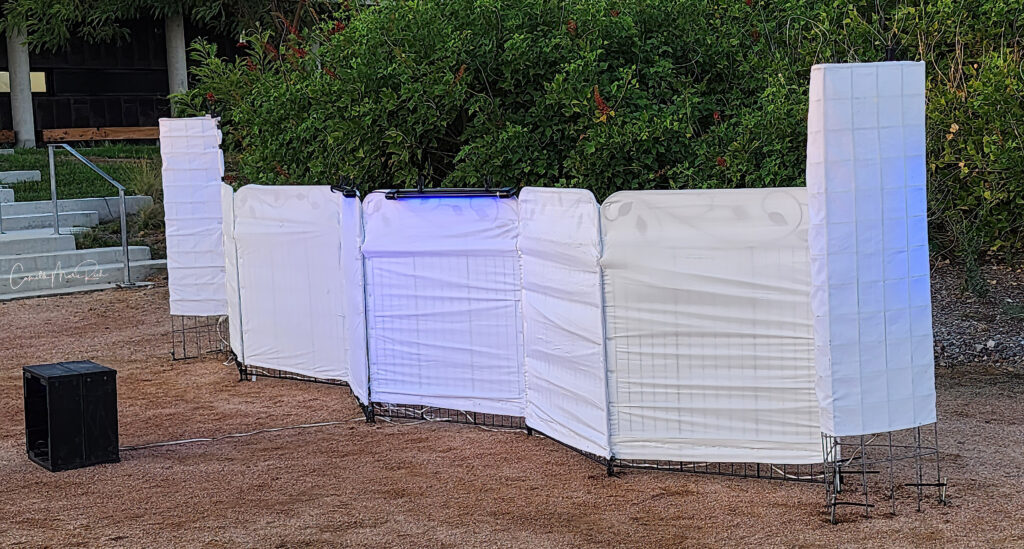
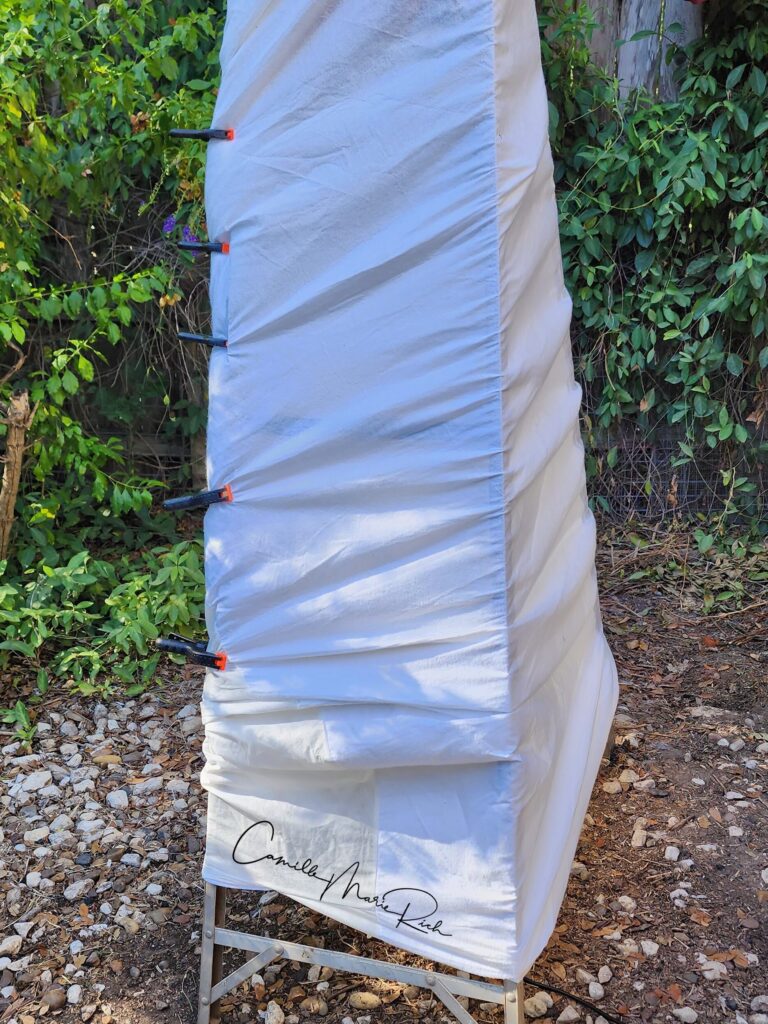
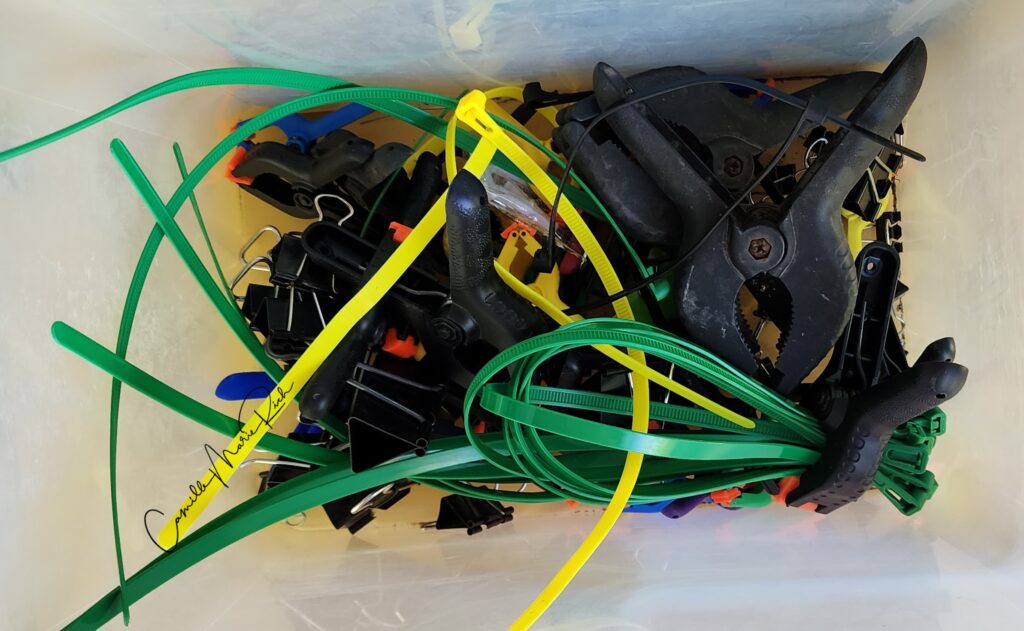

- Grommet Setting Kit and Hammer / Mallet.
- Extra Grommets
- Eye Protection and Ear Protection when using Hammer / Mallet.
- Heavy Duty Cords / Rope- for example, cotton cord, twine, bungee type cord, parachute cord, clothesline, or other type of cord / twine that will be used to help affix the sheet to your structure(s).
- Tent Stakes and Hammer / Mallet. If wind is an issue at your mothing set up location—meaning the wind might knock over your mothing set up design—you will need to secure it to something. If all you have is the ground to work with, hopefully it will be some sort of surface that you can pound a tent stake into. Then, using some form of fastener, for example a reusable zip tie, you can secure the mothing set up(s) to the stake(s).
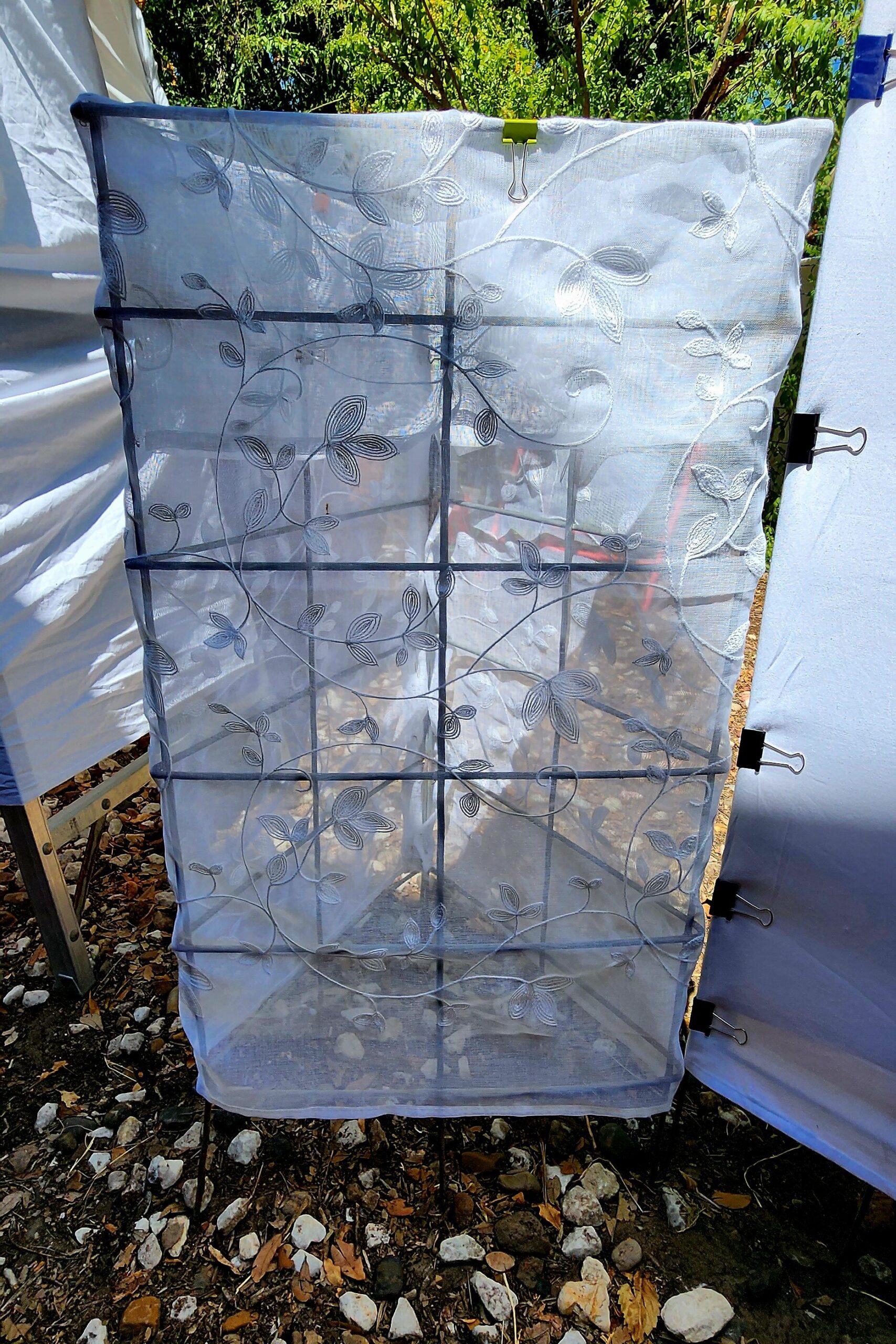
- Safety Pins. If your mothing set up has an artistic aspect to it, and the fabric needs to be held firmly in place for the design concept to be achieved, sometimes a good old-fashioned safety pin works very well for tidying up loose fabric ends, and so forth.
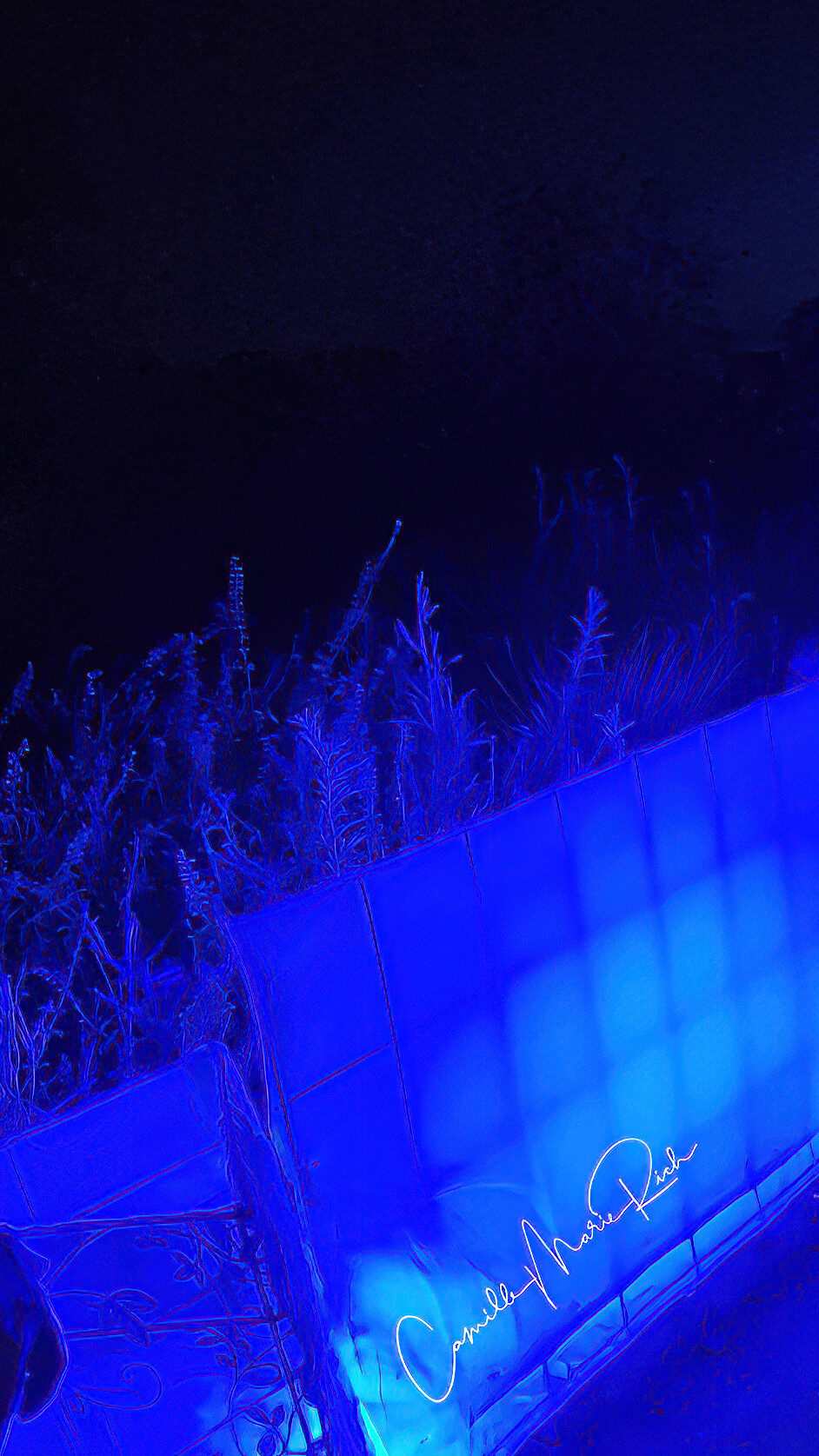
- Extension Cords – varying lengths depending on how far away your mothing set up will be from your electricity source. I found that at least one extension cord is needed per mothing set up.
- Reflective Tape – There are times when you might find yourself mothing with other individuals that have brought their equipment to a mothing event. When this happens, sometimes equipment can get inadvertently misplaced—especially in dark conditions where you are using a flashlight or headlamp to navigate. Therefore, I used reflective tape as a means to identify my equipment from that of friends and fellow “Moth-ers.” This made it easier to help get all of my equipment packed up and put away after mothing events.

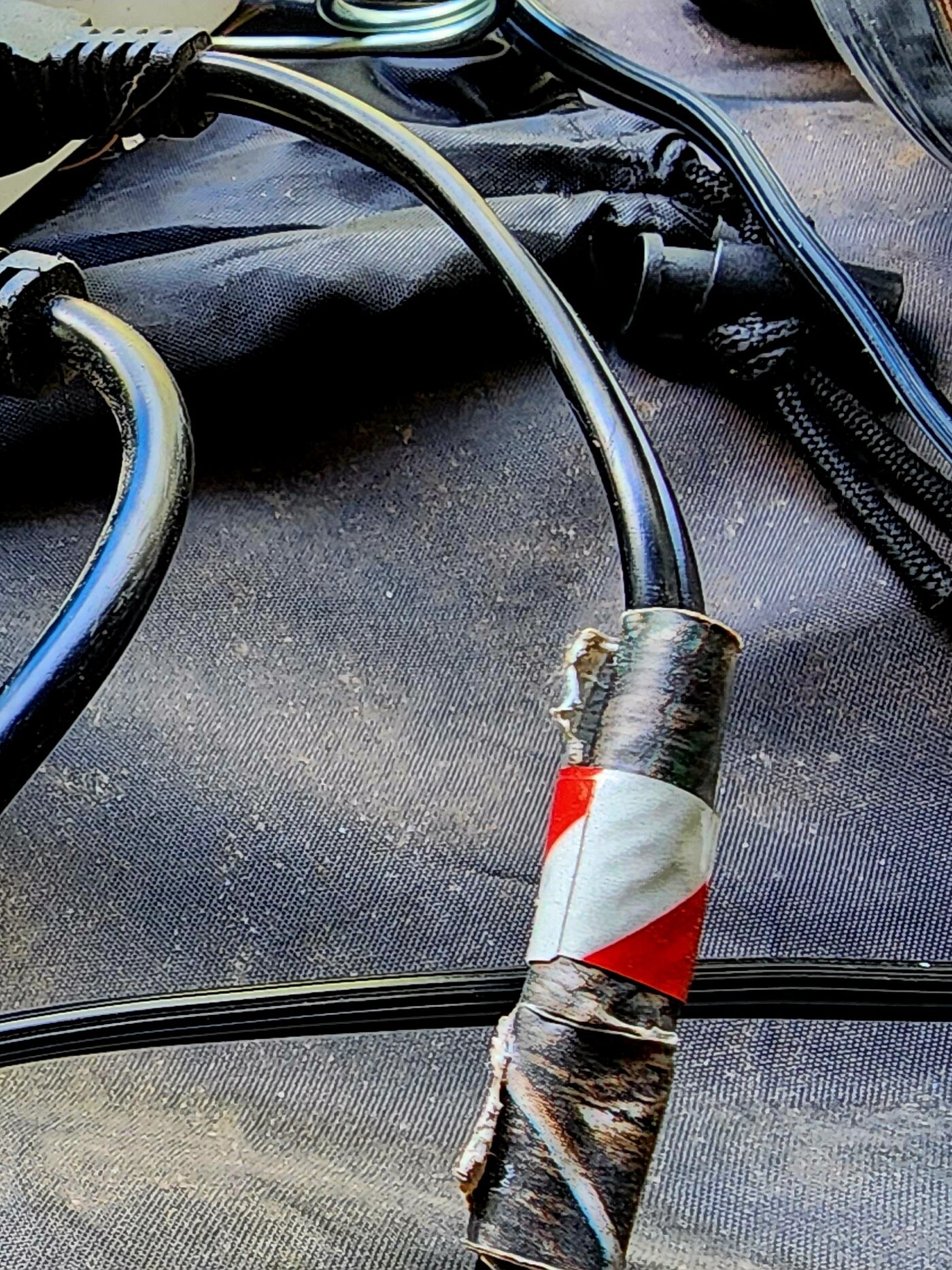
- Surge Protectors – These will allow you to plug in multiple light sources for each mothing set up.
- Portable Power Station– I do not have one of these, but I have seen others use them quite wonderfully for mothing. They are fantastic in that you are no longer bound by the requirements of staying within a proximal distance of your electricity source.
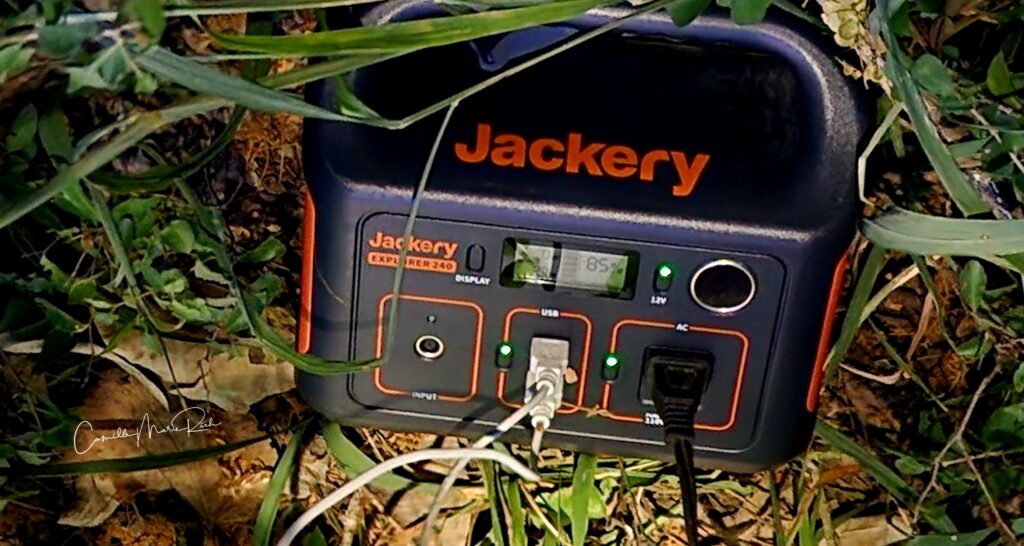
- Portable Charger with USB Port(s) – This smaller scale portable battery source is perfect for plugging in a low wattage LED light. For example, a UV LED Black Light Bar with at least a 5-foot cord.

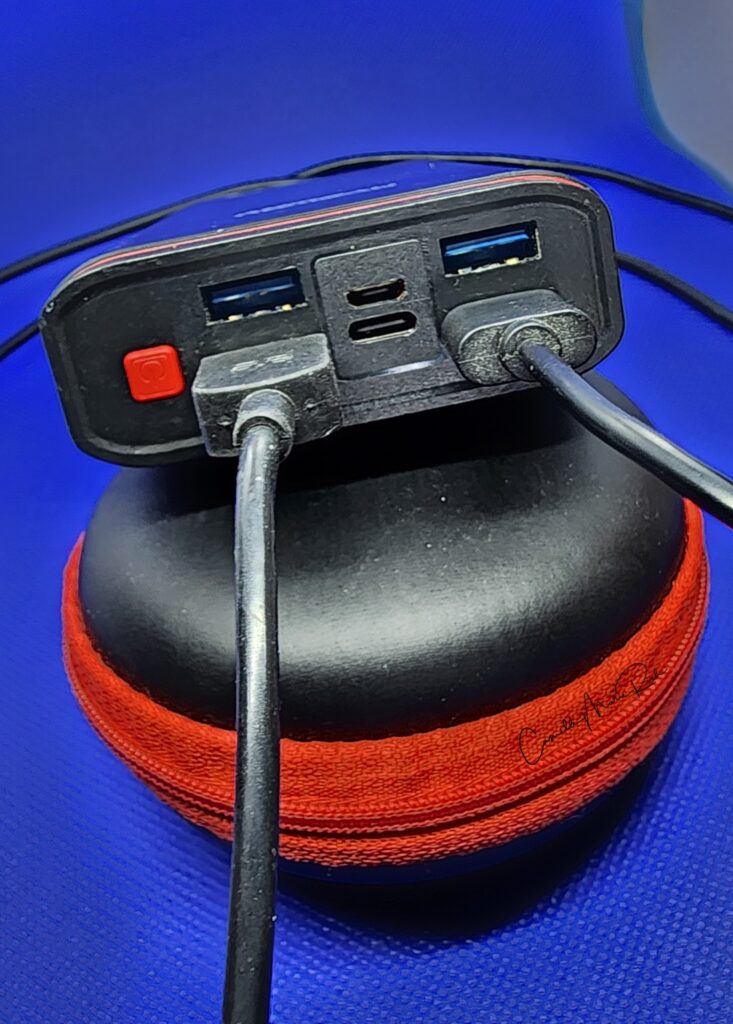

How do you identify the night pollinators that come to your mothing station?
Where I go to find the answers…
Let’s say that you decide to try mothing. You make your mothing station and are successfully able to attract night pollinators to your mothing sheet at your mothing station. You snap a picture —or two, or three—of a night pollinator, but you have no idea what it is. Now what? How do you identify your discovery?
Like many of us that have been mothing and have a moth show up at our mothing station, or any other night pollinator show up at our mothing station for that matter, you will probably be just as curious about your discovery as we are. It is highly likely that you will want to know what you have discovered. This is where my favorite means of identifying insects comes into play—iNaturalist.
When using iNaturalist, I am given the opportunity to enlist a global community of Citizen Scientists’ to help me identify the night pollinators that visit my mothing station via uploading my observations (my pictures) into this online platform.
For those of you not familiar with iNaturalist, I offer, here, an abbreviated overview of what it is and what it is all about. Briefly, iNaturalist is a nonprofit social network that enables individuals to record and share observations of living things—across the globe—either from iNat’s website on their laptop / desktop or via iNat’s mobile application on their cellphone or other electronic device—iPad, for example.
Here are a few iNaturalist links for some of the species that have shown up at my mothing stations over the last few months:
- Butterflies and Moths (Order Lepidoptera)
- Beetles (Order Coleoptera)
- Honey Bees, Bumble Bees, and Allies (Family Apidae)
- True Weevils (Family Curculionidae)
- Flies (Order Diptera)
- Grasshoppers, Locusts, and Allies (Suborder Caelifera)
- Texas Ants’s Check List
- Dragonflies (Suborder Anisoptera)
- Typical Leafhoppers (Family Cicadellidae)
Wrapping it up…
As I bring this article to a close, I have tried to give you as succinct an overview of mothing as I possibly could. This article was written after spending well over 100 hours researching, designing, creating, assembling, installing, monitoring, and enjoying mothing stations in several locations.
If you add in an additional 20 hours of time traveling to other mothing events that were near me to learn from individuals that have much more experience than I do at mothing, I have easily spent weeks of my life dedicated to learning all I could about my latest, new participatory scientist activity referred to as “mothing.”
I have learned so much, and numerous opportunities and doors have opened up for me because of mothing. Perhaps, for me, the best part of mothing has been making new acquaintances that share the same passion for nature and the natural community around us. I look forward to getting to know them better as time moves forward.

In retrospect, I guess my biggest “aha” moment was seeing how many other insects are out after dark. There are so many cool flies, beetles, ants, and even the occasional native bee, that come out after dark. Who knew? I, for one, did not.
It is really a fascinating world out there after the sun sets. If you are curious about mothing, please try it!
You will not be disappointed!
Happy Mothing!
P.S. Don’t forget your UV black light LED flashlight! Scorpions glow under black light. Mesquite sap glows under black light. Lichen glows under black light, and even some caterpillars glow under black light!
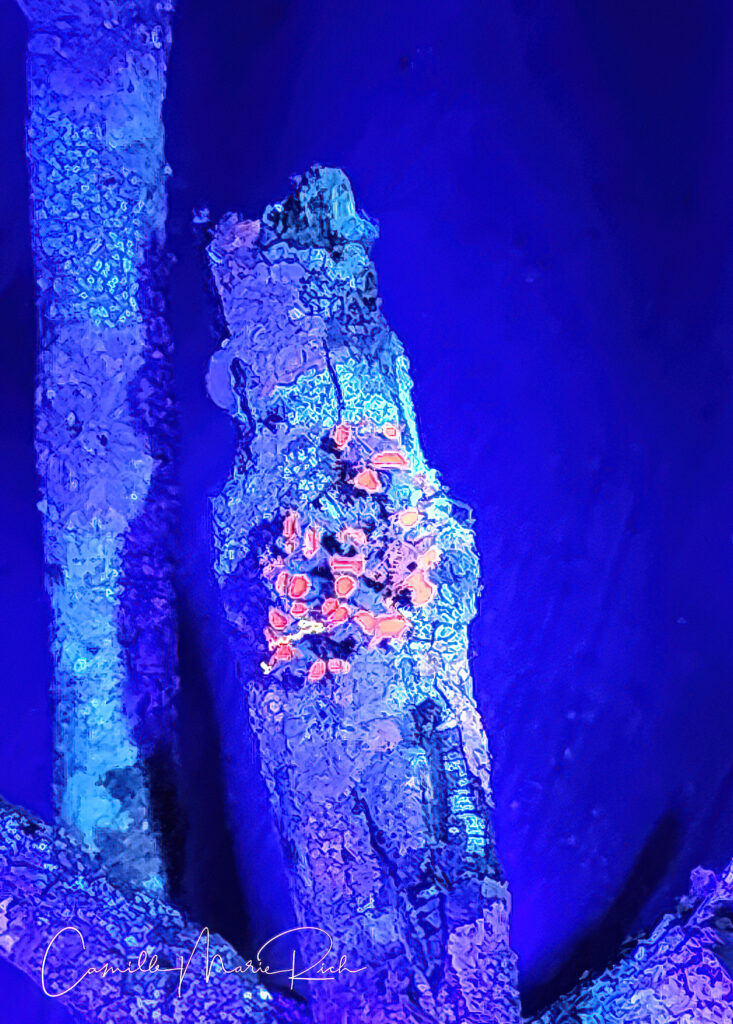

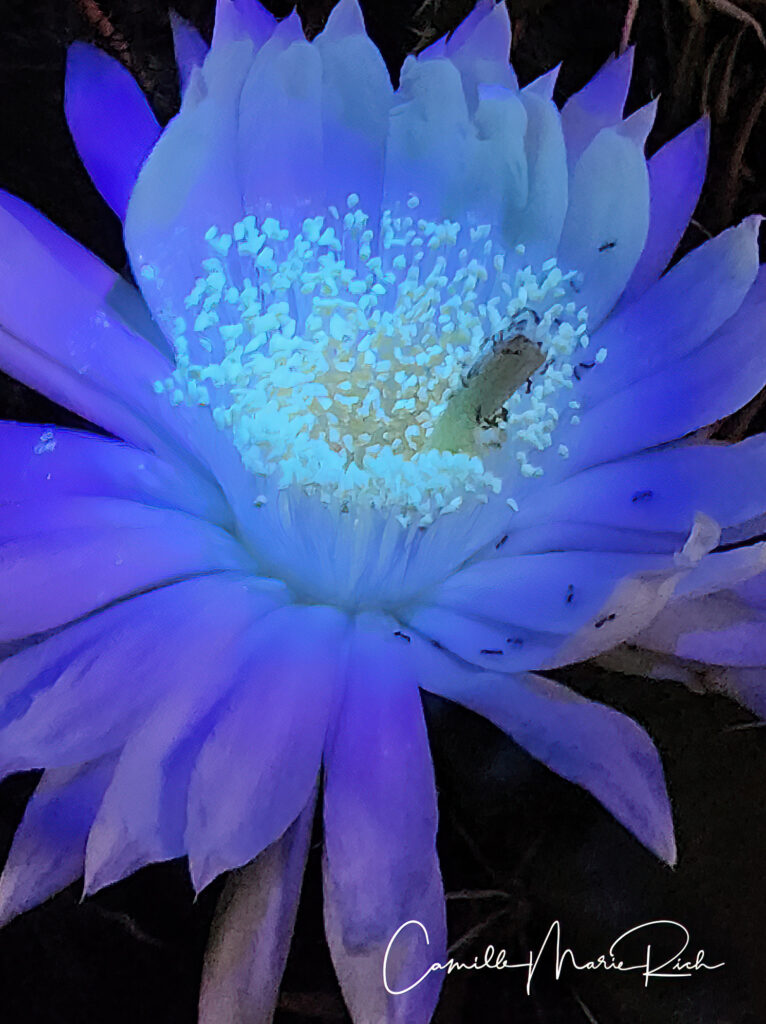
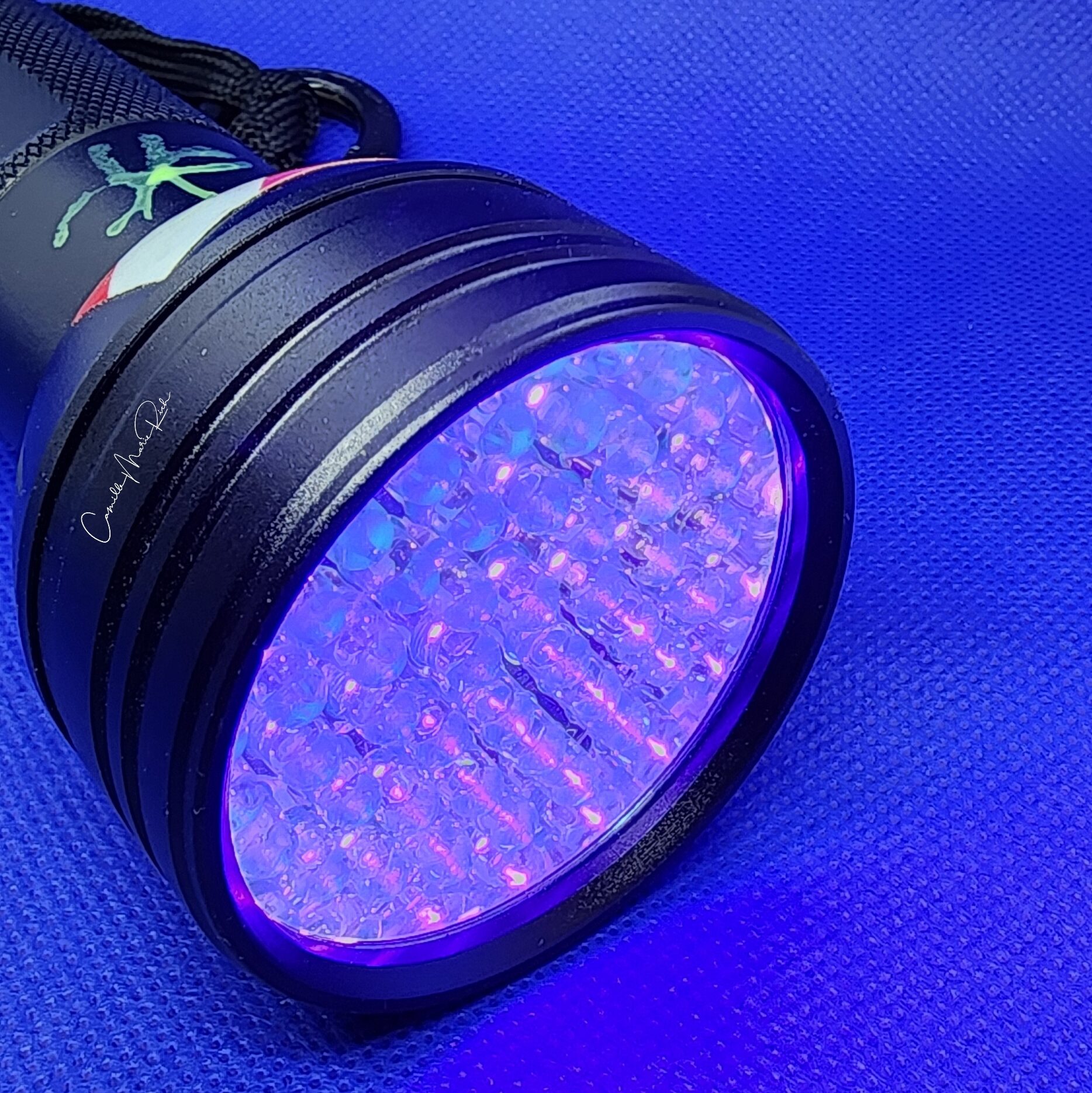
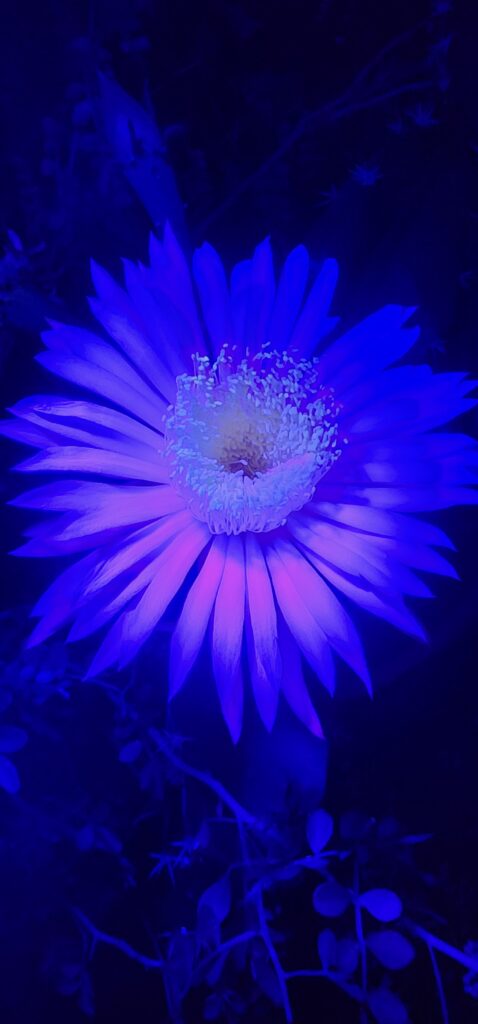
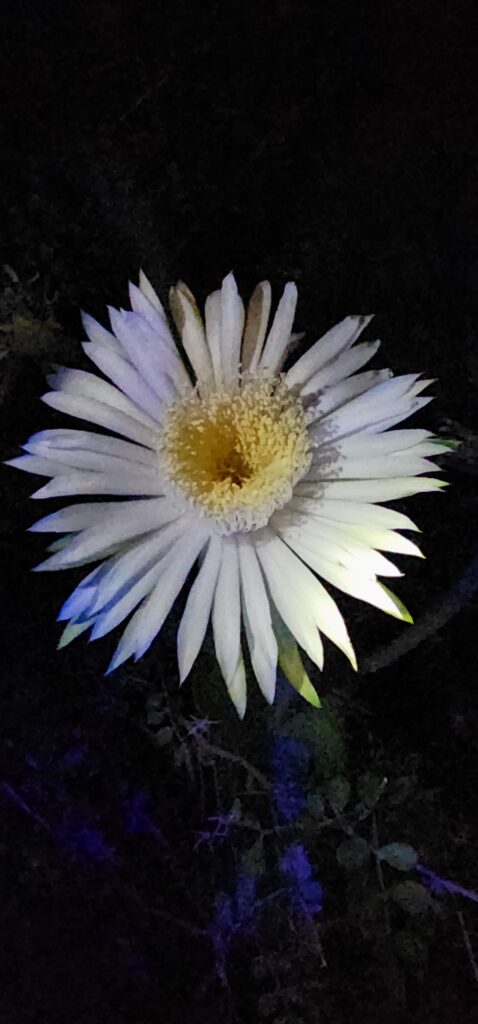
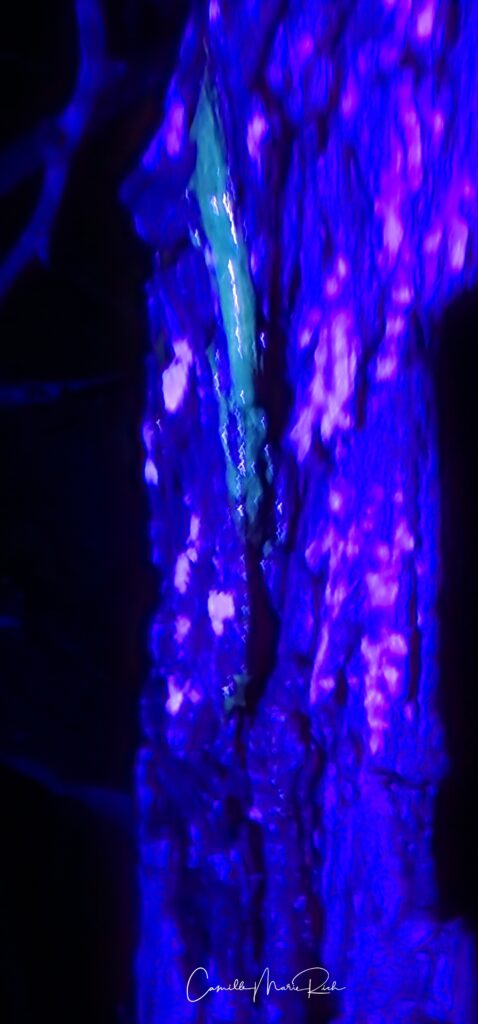
My disclaimer about examples of items mentioned in this post:
- The examples of items included in the list of items and resources—that were either used in the mothing stations I designed or that I observed at other mothing events—are provided to the reader of this article to convey a visual representation of either the item used in a mothing station or the concept of mothing itself.
- I did have to search the internet for some of the mothing station items and resources that I used.
- Links to items found in internet searches for mothing items will be provided in another article that I have written on this topic. This article will be accessible to you, via a button with an embedded link, at the end of this post.
- I am not getting paid to promote or endorse any specific product(s), business(es), or online shopping platform(s), but when I dove into mothing this summer, I quickly came to realize that some of the items I thought I needed for the mothing stations I designed were not readily available in my area.
- I am not suggesting that you go out and purchase any of these items.
However, …
If the lists and examples I am sharing with you can save you some research time and help you get an overall idea of mothing so that you feel confident and competent to try mothing, then I will have accomplished my goal and purpose for this article.
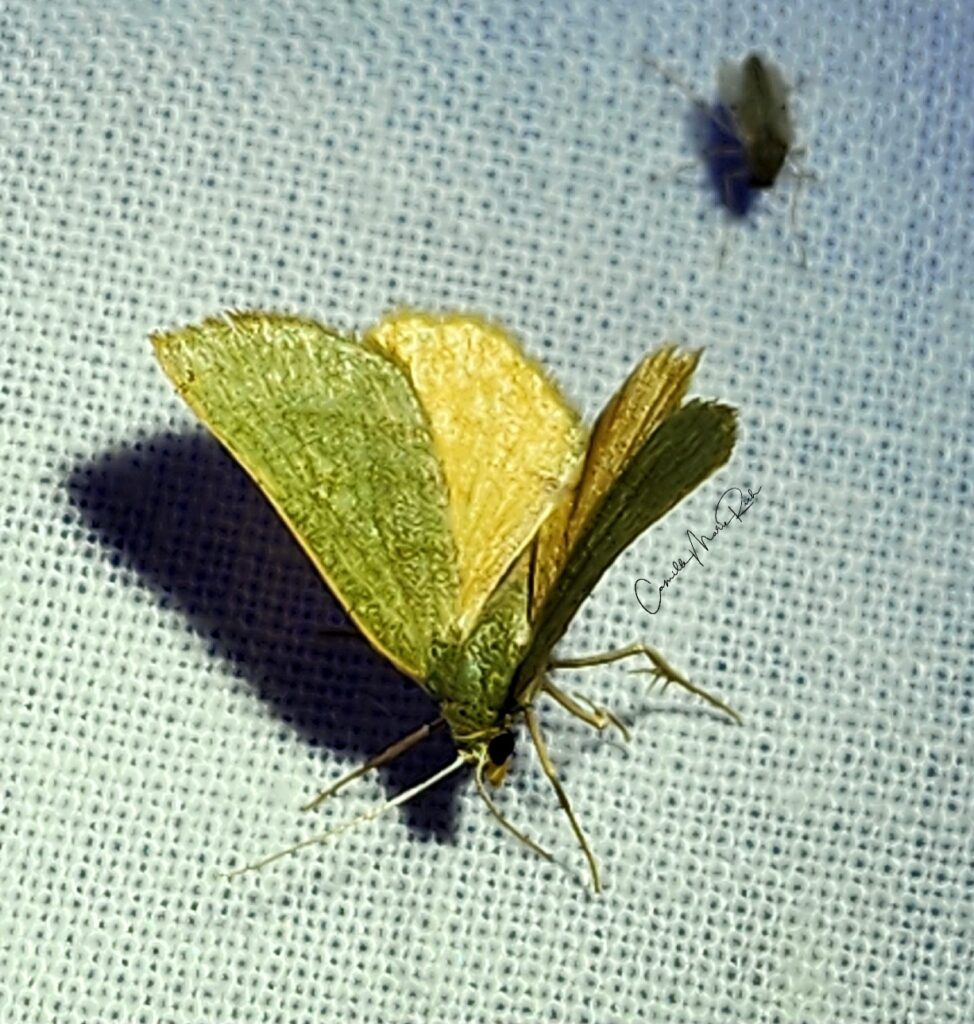
If you would like a “deeper dive” into items for mothing stations, please click on the link directly below for a related post:
- May 2025
- October 2024
- September 2024
- August 2024
- May 2024
- March 2024
- December 2023
- September 2023
- August 2023
- June 2023
- May 2023
- November 2022
- November 2021
- August 2021
- February 2021
- September 2020
- June 2020
- May 2020
- March 2020
- February 2020
- October 2019
- September 2019
- August 2019
- June 2019
- May 2019
- April 2019
- March 2019
- February 2019
- January 2019
- December 2018


